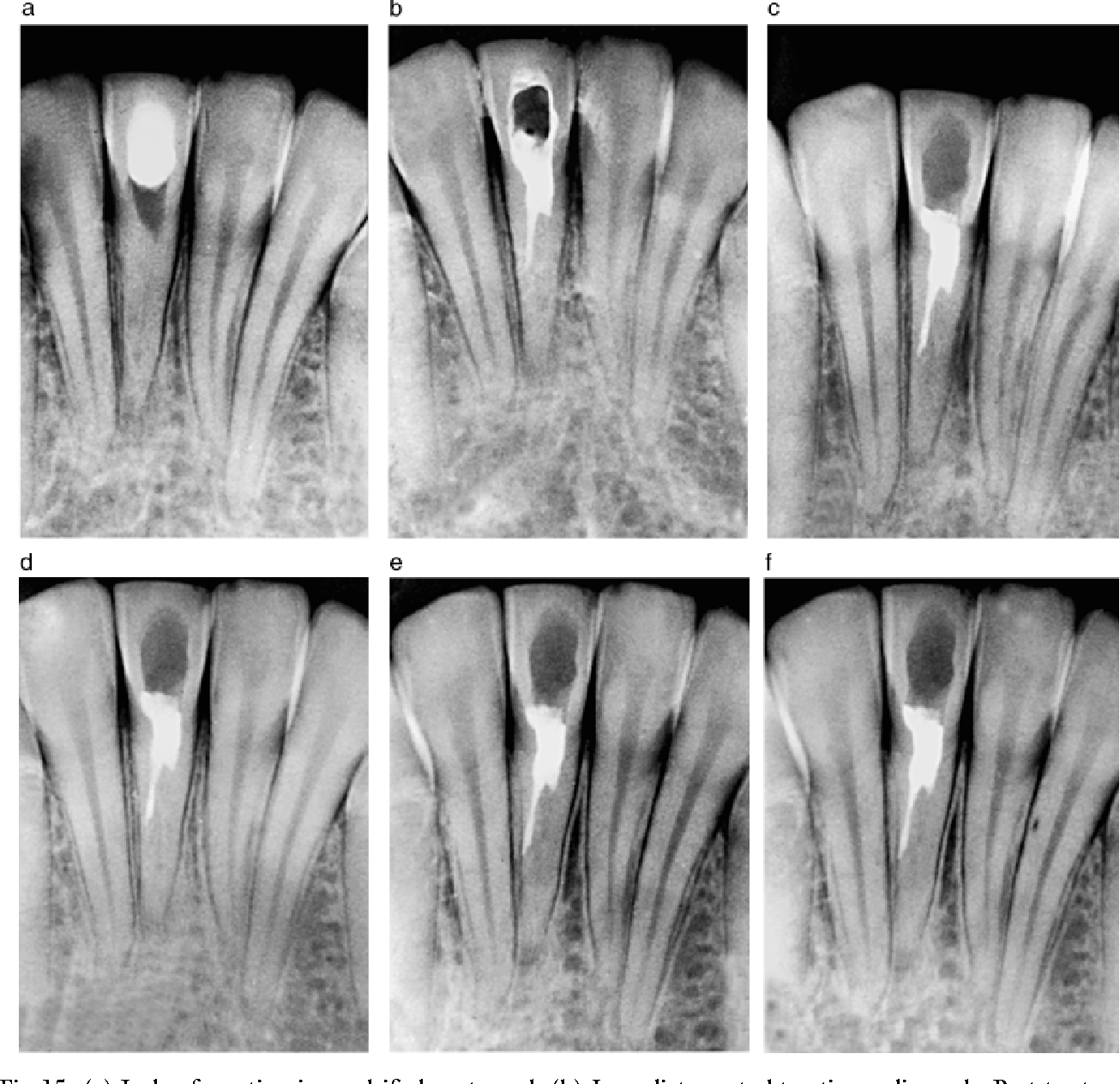Calcified Root Canal Treatment: A Comprehensive Guide to Restoring Dental Health
Introduction
Maintaining optimal dental health is crucial for overall well-being, and sometimes, dental issues can become more complex and require specialized treatment. One such complication is a calcified root canal, where calcium deposits obstruct the root canal space. Calcified root canals can pose challenges, but with the right approach and expertise, they can be successfully treated. In this comprehensive guide, we will explore the causes, symptoms, treatment options, and preventive measures for calcified root canals.
Understanding Calcified Root Canals
A calcified root canal occurs when calcium deposits accumulate within the tooth’s canal, leading to the narrowing or complete obstruction of the canal space. Normally, the root canal contains pulp tissue, comprising nerves and blood vessels. However, calcification causes the canal space to shrink, making it difficult to clean and treat effectively. Calcified root canals can develop due to various factors, including age, longstanding tooth decay, trauma, and disease.
Causes and Symptoms of Calcified Root Canals
Calcification of root canals can be attributed to factors such as aging, long-standing tooth decay, trauma, and disease. As people live longer with their natural teeth, the natural aging process can lead to the calcification of root canals. Additionally, tooth decay can trigger the body’s response to shrink the pulp space as a protective measure. Trauma, particularly in sports-related injuries, can also cause bleeding in the canals, leading to calcification.
The symptoms of a calcified root canal are similar to those of a standard root canal infection and may include persistent toothache, sensitivity to hot or cold temperatures, swelling, and tenderness in the surrounding gums. However, calcified root canals can present additional challenges during treatment due to the limited visibility and reduced accessibility caused by the calcification.
Diagnosing Calcified Root Canals
Diagnosing calcified root canals requires a thorough examination by a dental professional, preferably an endodontist who specializes in treating the inner tooth. The dentist will conduct a comprehensive evaluation, which may include a clinical examination, dental imaging such as digital X-rays or cone beam computed tomography (CBCT), and a review of the patient’s dental history. These diagnostic tools help in identifying the presence and extent of calcification, allowing for appropriate treatment planning.
Treatment Options for Calcified Root Canals
Successful treatment of calcified root canals requires specialized techniques and equipment. While general dentists can handle routine root canals, complex cases like calcified root canals often require the expertise of an endodontist. Endodontists have advanced training, specialized tools, and technologies that enable them to navigate and treat even the most challenging cases.
1. Endodontic Treatment by Skilled Professionals
Endodontic treatment, commonly known as a root canal procedure, is the primary approach for treating calcified root canals. The procedure involves removing the infected or damaged pulp tissue, cleaning the canal space, shaping it, and filling it with an inert material to prevent reinfection. However, due to the calcification, locating and accessing the canals can be challenging, requiring the skill and precision of an experienced endodontist.
2. Utilization of Advanced Technologies
Advanced technologies play a crucial role in the successful treatment of calcified root canals. These technologies include:
- Dental Microscopes: Dental microscopes provide high-powered magnification, allowing endodontists to visualize and locate the calcified canals accurately. The increased visibility provided by dental microscopes greatly enhances the precision and effectiveness of the treatment.
- 3D X-ray Imaging (CBCT): Cone beam computed tomography (CBCT) provides detailed three-dimensional images, enabling endodontists to analyze the complex anatomy of the root canal system accurately. This technology assists in identifying calcified canals and planning the treatment approach accordingly.
- Ultrasonics: Ultrasonic instruments are used to remove calcified deposits and debris from the root canal space. These instruments utilize high-frequency vibrations to gently break down and remove the calcified tissue, facilitating effective cleaning and shaping of the canal.
3. Guided Endodontics
Guided endodontics is a modern approach that combines computer-aided design/computer-aided manufacturing (CAD/CAM) technology, 3D printing, and advanced imaging techniques. This approach allows for precise planning and guidance during the treatment, ensuring accurate access to calcified canals and improving treatment outcomes.
Preventing and Managing Calcified Root Canals
While calcified root canals cannot always be entirely prevented, several measures can help minimize the risk and severity of calcification:
1. Maintaining Good Oral Hygiene
Practicing proper oral hygiene, including regular brushing, flossing, and routine dental check-ups, is essential in preventing tooth decay and gum disease. Early detection and treatment of dental issues can help prevent the need for root canal treatment, including calcified root canals.
2. Addressing Dental Trauma Promptly
In cases of dental trauma, such as injuries sustained during sports activities, seeking immediate dental attention is crucial. Prompt evaluation and treatment can prevent complications like calcified canals from developing.
3. Regular Dental Examinations
Regular dental examinations allow dentists to identify and address potential issues early on. Dentists can monitor the health of the root canals and take proactive measures to prevent or manage calcification.
Conclusion
Calcified root canals present unique challenges in dental treatment, requiring specialized expertise and advanced technologies. With the help of endodontists and modern techniques such as guided endodontics, patients with calcified root canals can receive effective and successful treatment. By adopting preventive measures and maintaining good oral hygiene, individuals can reduce the risk of calcification and ensure the long-term health of their teeth. If you suspect you have a calcified root canal, consult with a dental professional to receive the appropriate diagnosis and treatment plan tailored to your specific needs. Remember, timely intervention can save your tooth and restore your dental health.
Reference Articles:
- Title: What Is a Calcified Root Canal?The Calcification Of Teeth
- Title: Journal List J Dent Sci v.18(4); 2023 Oct PMC10547979 J Dent Sci. 2023 Oct; 18(4): 1931–1932.
- Title: There are 2 steps for successful calcified root canal treatment
- Title: Endodontists are specialists in treating the inner tooth, and perform root canal procedures every day.

